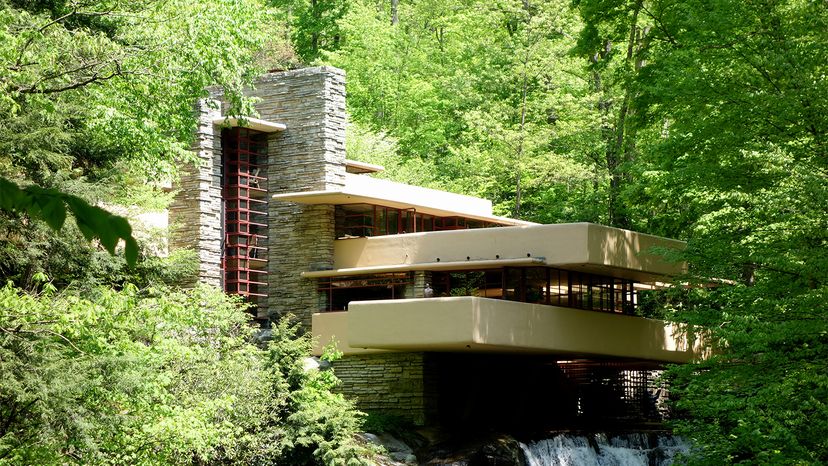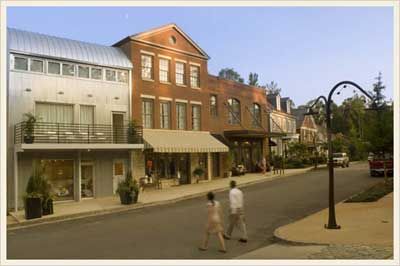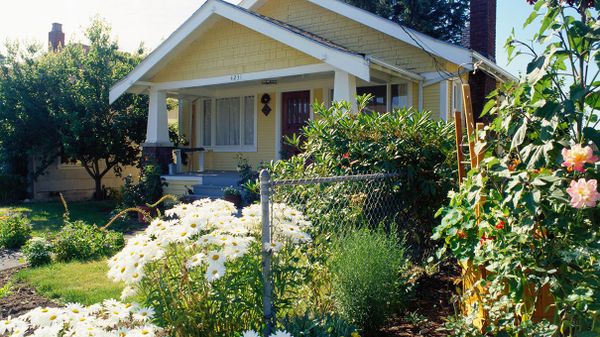It turns out that the principles behind biophilic interior design were drawn from work to optimize zoo habitats. Psychologist Judith Heerwagen was a graduate student working at the Seattle Zoo in the early 1990s when officials began to rethink the enclosures for large primates. The animals, who were living in minimal cages, weren't doing well. They fought, acted antisocial and weren't reproducing either, Heerwagen says in an email.
With her background in zoology and ecology, Heerwagen recommended an enclosure that was more like the apes' native landscape. "As zoo design turned toward more natural habitats and mixed species enclosures, based on extensive research into their natural ecologies and environments, the animals began to thrive," Heerwagen says.
Other designers who worked on homes and office buildings started to use the same principles in their work. "This included thinking much more carefully about the building as a habitat for people by incorporating biophilic design linked to our evolved need for continual access to natural amenities: sun, daylight, plants, flowers, natural patterns," Heerwagen writes.
While some companies like Microsoft and Amazon are implementing biophilic principles to increase worker productivity, it's not widespread. "We've gone quite a ways toward improving conditions for zoo animals and not so much for people in offices," says Bill Browning, managing partner of Terrapin Bright Green, a green building research and consulting firm based in New York City.


